Committed to the nuclear industry since 1967, the ADLPipe (the former name of AutoPIPE) was the first commercial program available in the world for the stress analysis of nuclear plant piping. Since the introduction of the ASME NB Class 1 design code in 1972 for safety critical systems, AutoPIPE has successfully passed over 100 NRC audits and has been used in the analysis of safety critical (Class 1) and non-critical ( Classes 2 and 3) over more than 40 years.
AutoPIPE meets the strictest quality standards in the nuclear industry and is NUPIC approved for use in nuclear plant design in the United States.
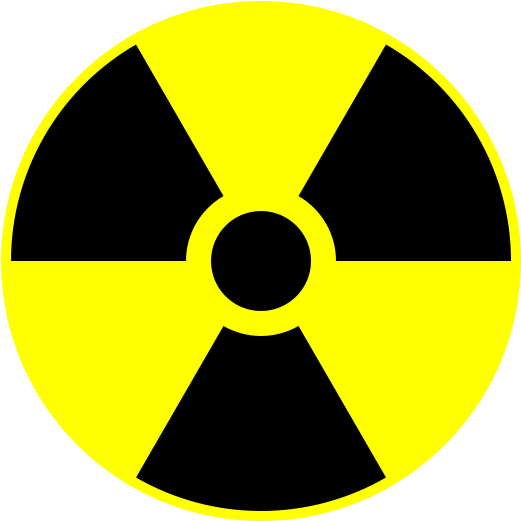
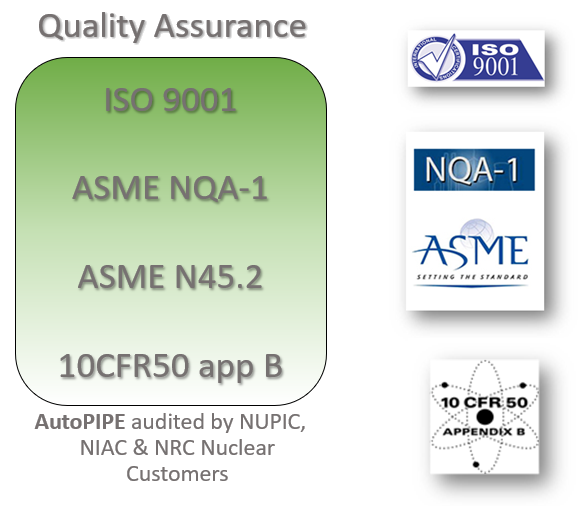
AutoPIPE powered by ADLPipe is supported by a strict Quality Assurance and Reporting (QA&R) control program in accordance with ASME NQA-1, ISO-9001, CSA N286.7-99, ASME N45.2 and 10CFR50 standards and backed by independent audits of NRC and NUPIC clients. Nuclear clients are offered an additional QA&R service which is underwritten by clients such as Washington Group International, Shaw Stone and Webster, Fluor Federal Services and Areva NP.
Released in 1967, the ADLPipe was the first commercial program available in the world for stress analysis of nuclear power plant piping. See+
For more than 30 years the AutoPIPE Nuclear has successfully passed the audits of nuclear clients and also the NUPIC (Nuclear Procurement Issues Corporation) to be used in nuclear plants in the United States of America for both static and dynamic analysis. The NUPIC has only approved two programs for these pipe stress calculations, the AutoPIPE Nuclear from Bentley Systems and the ANSYS from Ansys Inc.
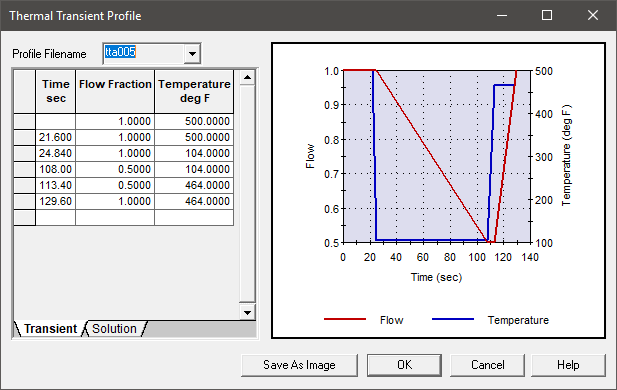
Bentley has more than 600 Test cases that are used to verify each release.
To verify the Nuclear edition the AutoPIPE Acceptance Test (supplied with the software to the Nuclear Users) has more than 100 cases typically for Nuclear Safety Related System design and Analysis.
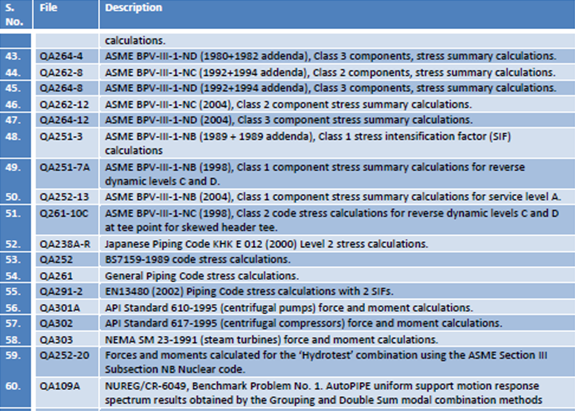
Advanced Boiling Water Reactor
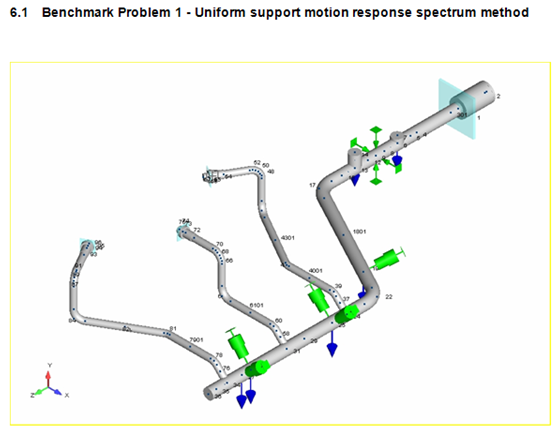
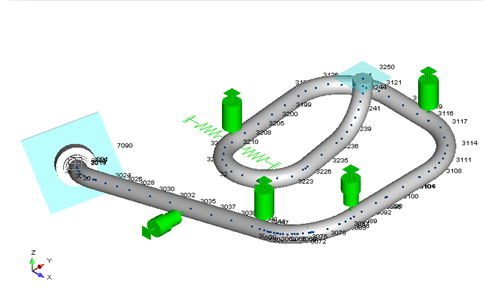
The user can keep open as many windows of AutoPIPE as he needs with one license. Thanks to that you can
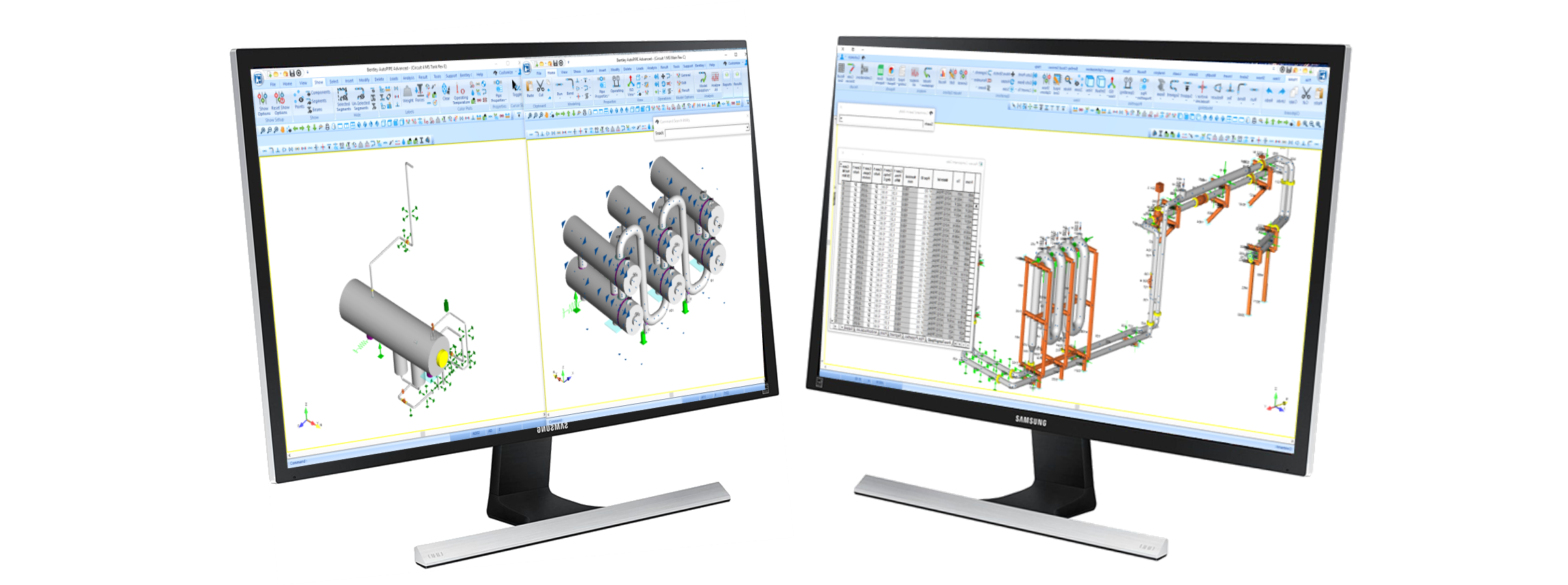
AutoPIPE has multiple editions of the standards, not only of the stress formulas, the program also has the material libraries to be able to replicate old calculations:
| Standards | Years |
| ASME NB Nuclear | 1972 W Addenda, 1975 W Addenda, 1977, 1982 W Addenda, 1983 W Addenda, 1988 Addenda, 1989, 1989 Addenda, 1993 Addenda, 1994 Addenda, 1997 Addenda, 1998, 2001, 2004, 2007, 2008 Addenda, 2010, 2011 Addenda, 2013, 2015, 2017 |
| ASME NC Nuclear | 1972 W Addenda, 1975 W Addenda, 1977, 1980 S Addenda, 1983 W Addenda, 1988 Addenda, 1989, 1989 Addenda, 1993 Addenda, 1994 Addenda, 1997 Addenda, 1998, 2001, 2003 Addenda, 2004, 2007, 2008 Addenda, 2010, 2011 Addenda, 2013, 2015, 2017 |
| ASME ND Nuclear | 1972 W Addenda, 1975 W Addenda, 1977, 1980 S Addenda, 1983 W Addenda, 1988 Addenda, 1989, 1989 Addenda, 1993 Addenda, 1994 Addenda, 1997 Addenda, 1998, 2001, 2003 Addenda, 2004, 2007, 2008 Addenda, 2010, 2011 Addenda, 2013, 2015, 2017 |
| JSME PPC Nuclear | 2005, 2008 |
And since AutoPIPE is multisession, the user can have open sessions of the same calculation at the same time, each one with a different year to know how the stresses would be if it were calculated with a different year or with a certified material or later added.
Because in many nuclear plants the design code and the materials database are from different editions, AutoPIPE allows you to select one year for the standard and another for the materials, so that work can be carried out at any nuclear power plant.
There are many other codes available.